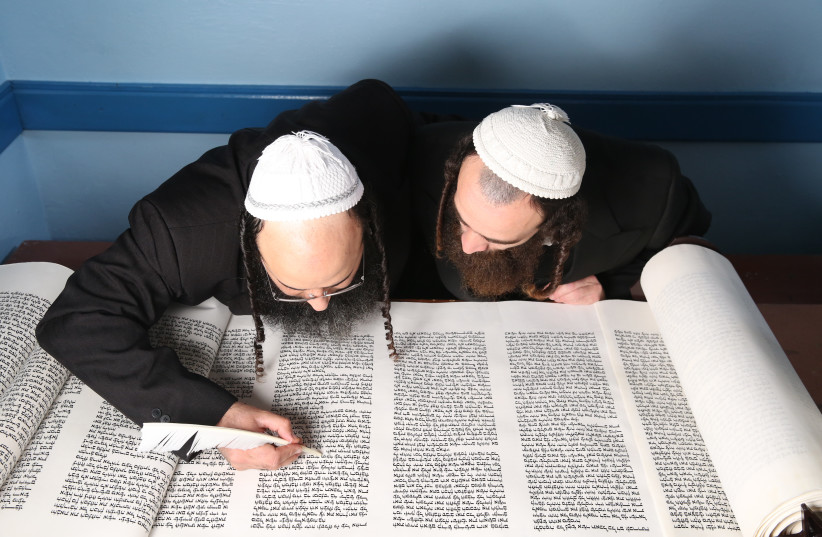Parashat Tzav, the second in the Book of Leviticus, continues to detail the laws of the sacrifices made in the Mishkan (the Tabernacle, the temporary temple that accompanied the Israelites in the desert) and then in the Temple in Jerusalem.
Unlike the previous parasha (Torah portion), this one details the laws of eating the sacrifices and, relating to this, we find three types of sacrifices. The olah is not eaten at all by a man but is entirely sacrificed on the altar. Hatat, asham and mincha are partly sacrificed on the altar and partly eaten by the kohanim, the priests serving in the Temple. Shelamim is unusual in that part of it is sacrificed on the altar, part of it is eaten by the priests, and part of it is eaten by the offerer.
What is the meaning of the term “shelamim”? Rashi, the great Torah commentator, offered two interpretations based on the Tannaitic midrash on the Book of Leviticus, known as Torat Kohanim.
According to the first interpretation, the shelamim sacrifice has a specific ability to bring shalom, peace, to the world. The sacrifice is called shelamim due to this result. The second interpretation also connects the name “shelamim” to the word “shalom” and explains their relationship by the fact that this sacrifice is eaten by three: the altar, which “eats” part of it; the kohanim; and the offerer. These three make peace among themselves when they participate in the eating of the sacrifice.
We can understand the concept of shalom when it comes to the relationship between two people or two states. Peaceful relations mean that human beings behave toward one another in friendship and solidarity. But what kind of peace is needed for the altar? If we look at the religious expression expressed by the sacrifice, we can understand the meaning of this peace.

The different sacrifices convey different aspects of religious expression.
The olah expresses one’s desire to give and devote oneself to holiness. Therefore, this sacrifice is not eaten at all by people but is entirely sacrificed on the altar. This sacrifice is not limited to Jews alone. According to the Halacha, even a person who is not Jewish can bring an olah to the Temple, since all people can and are invited to devote themselves to holiness.
In contrast, the hatat and asham are intended to atone for sin. The person who feels guilty for his sin brings a sacrifice whose meaning is a kind of reconciliation offering that allows for turning a new page in one’s relationship with God. The shelamim, however, does not come to atone for sin. It is brought by a person who wants to express thanks and joy for his life.
The way to express the gratitude and joy between people is sometimes through a shared meal. Food – said the sages – brings hearts closer together. This person who strives to express gratitude and joy expresses his feelings through a “joint meal” with God. Needless to say, God does not eat anything. This is a purely symbolic act, with the offering on the altar seeming to man to be akin to God “eating” it, and in the language of the Torah: “pleasing fragrance to the Lord.”
But there is a third side to this “peace”: the kohanim. They, too, receive a part of the sacrifice and are also partners in this three-way “peace.” The kohanim are human beings, and the message in this is that there will be no peace between man and God without peace between people. Only when the offerer shares with the kohanim, which expresses the “peace” between them, can there be peace between man and God.
Religion brings people closer together, not just when they are members of one community. When a person internalizes the proper conception of Judaism, he learns that to properly worship God, what is required of him includes proper relations with others. Morality does not exist parallel with the religious world, and certainly does not contradict it.
Judaism includes morality and calls on all of humanity: There is no true religiosity without unity and peace between us, human beings. ■
The writer is the rabbi of the Western Wall and holy sites.
